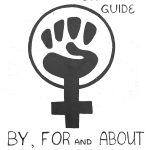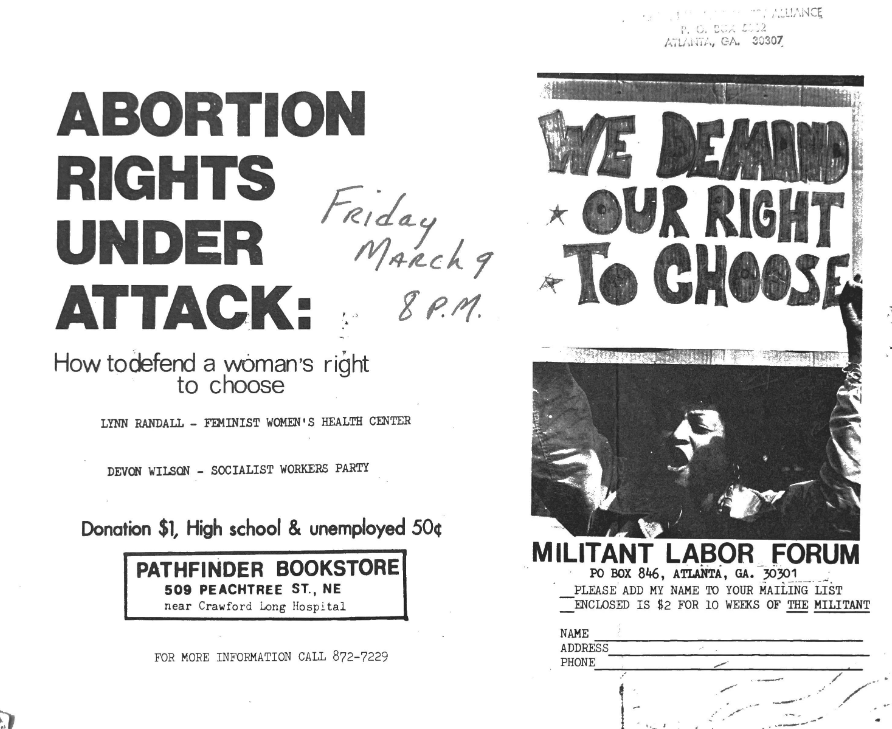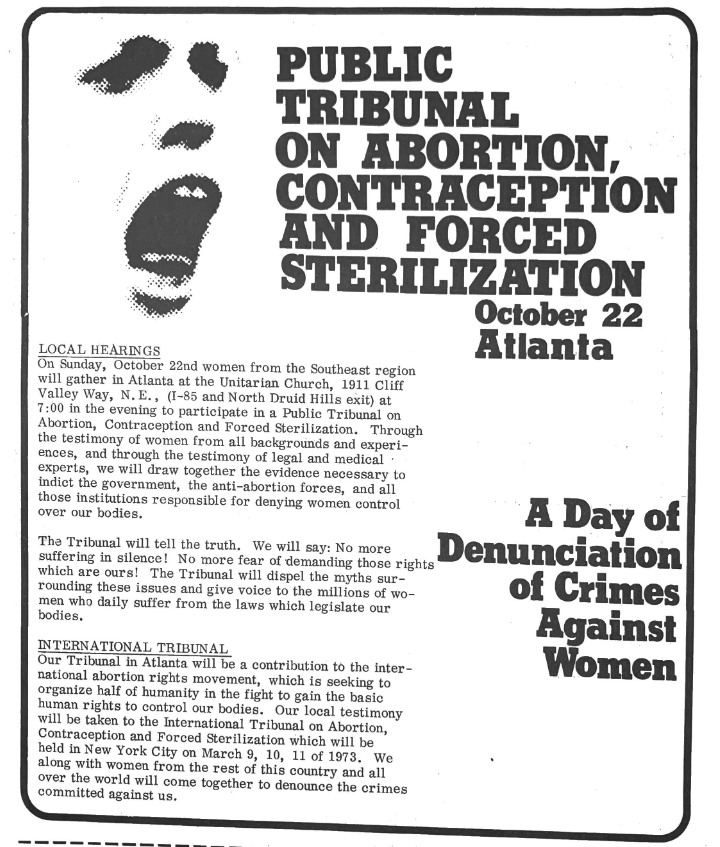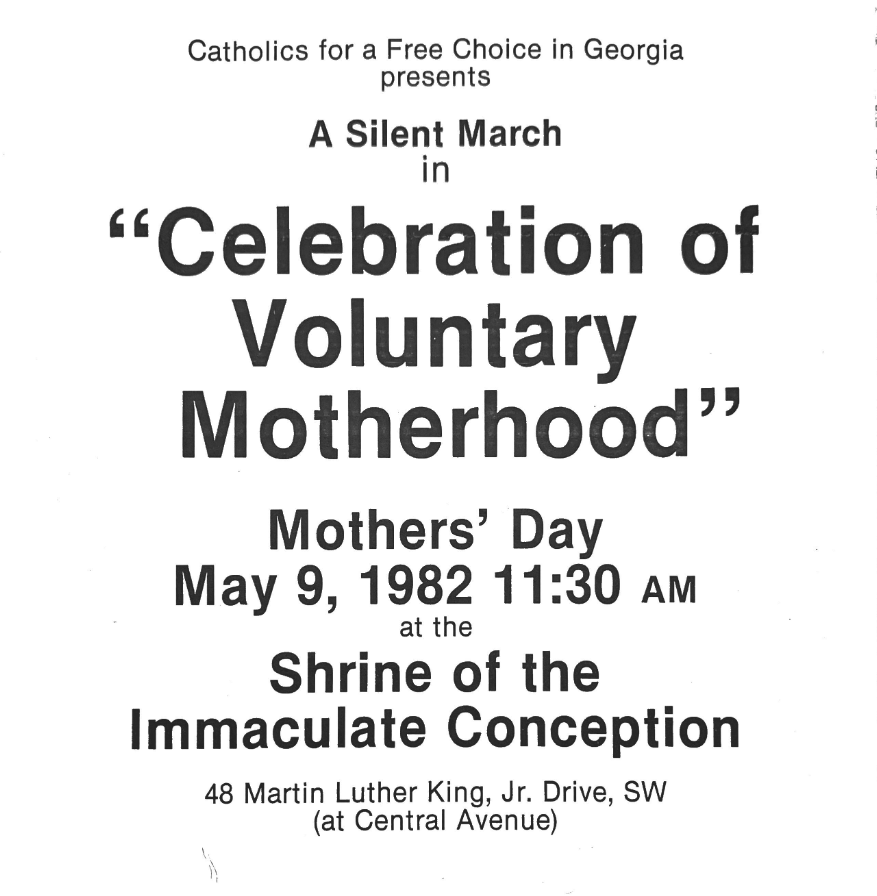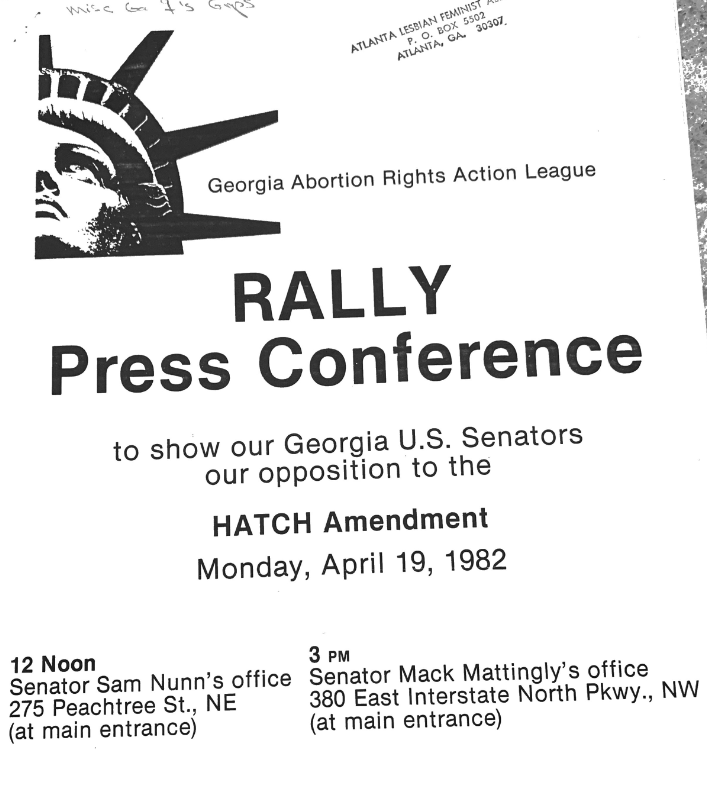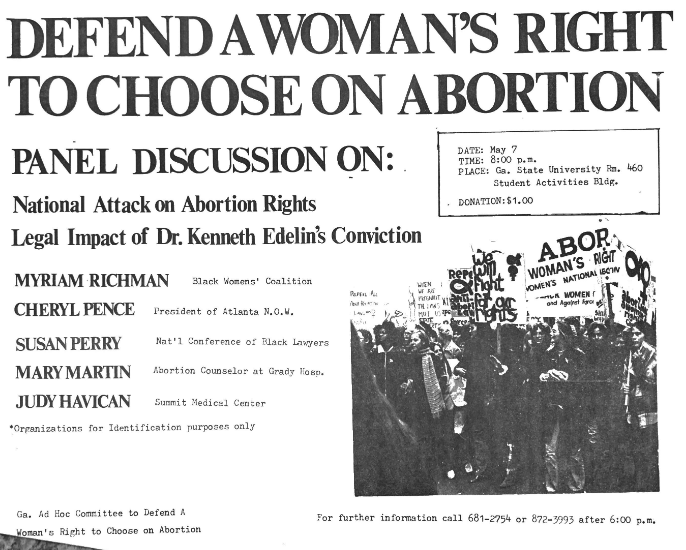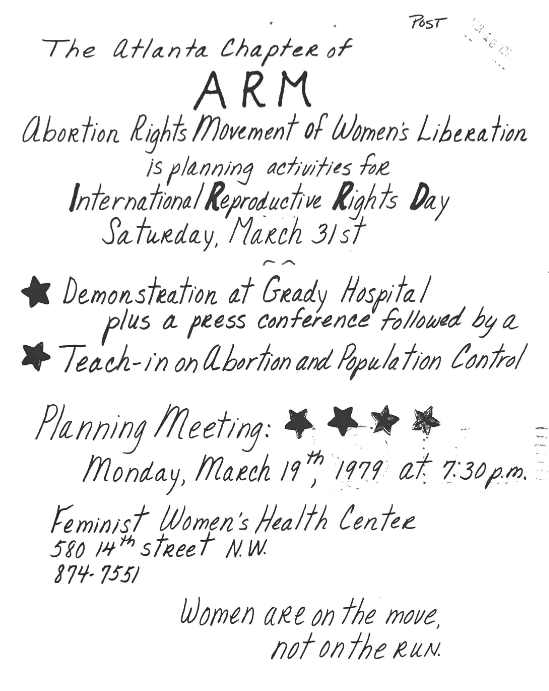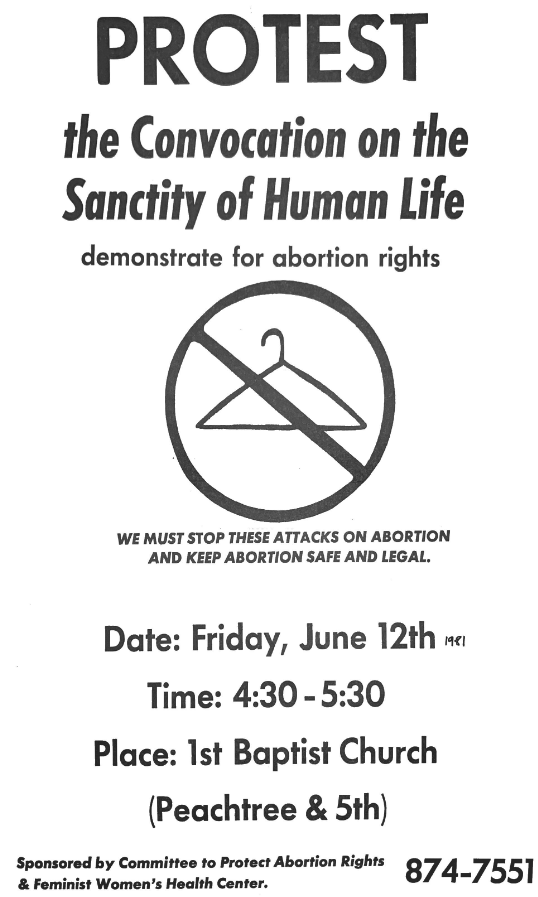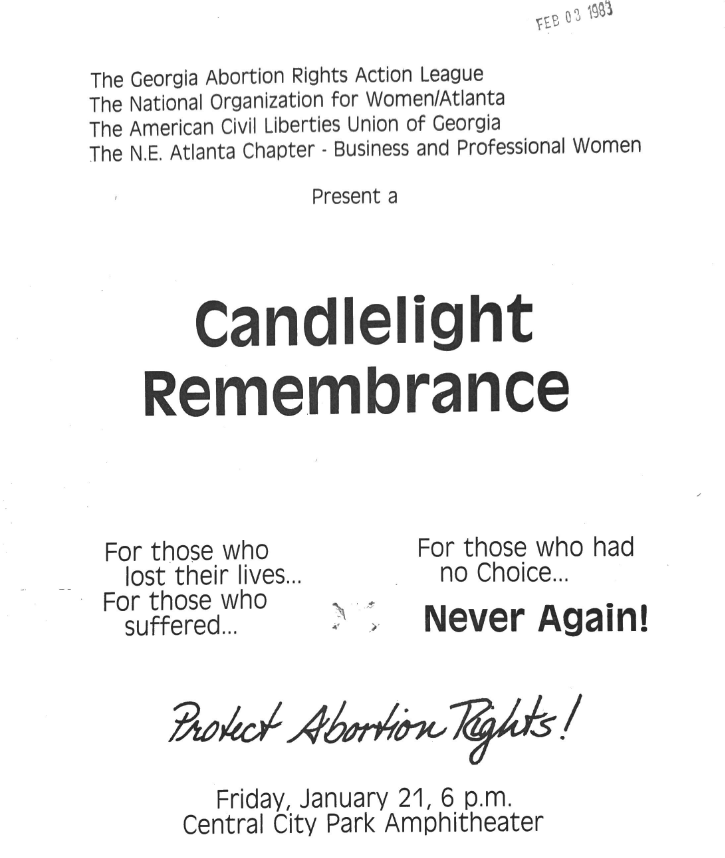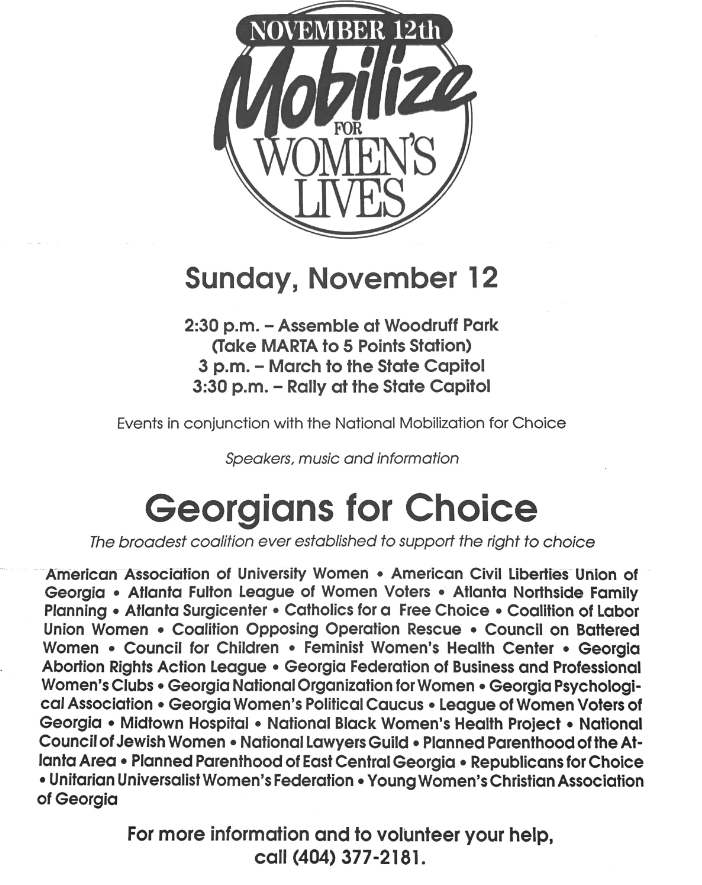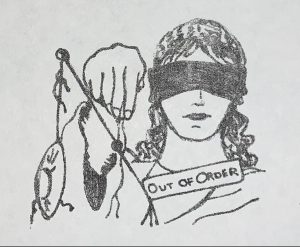Feminists & Pro-Choice
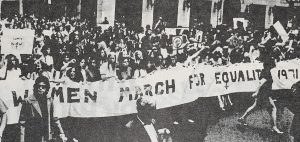
Reproductive Rights National Network Records, Box 1.
Words of Women
Being pregnant and having children meant a life of motherhood and, often, domesticity. Some women did not want that life. Others did, yet still wanted to control when they had children and how many children they had. Others still, had no desire to limit their own reproduction, but recognized the dangers women were faced with when denied the right to control their bodies.
Together, these women led the reproductive rights movement and fought for women to obtain rights to contraceptives, abortion, and comprehensive healthcare and for the abolition of legislative restrictions on those rights.
Despite laws forcing their motherhood, abuses prohibiting motherhood for some, advertisements and literature pressuring motherhood, and more, these women were able to fight for control of their bodies through many different modes of action.
Accessible = Safe
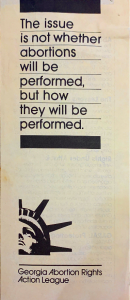
Atlanta Lesbian Feminist Alliance Archives, Box 13.
One of the other main reasons why the freedom to obtain and afford abortions was critical for women was due to the dangers of illegal abortions. Women who were victims of rape, incest, or abuse or who desperately wanted to avoid motherhood would at times resort to unsafe measures to terminate their pregnancies.
Whether it be at-home abortions or backdoor abortions by illegal providers, the procedures were much more likely to result in injury or death than. Abortions performed competently under good conditions were “extremely safe” and “relatively painless,” while badly performed abortions resulted in over 250,000 women injured per year. (Abortion and Class Society)
“The real danger lies in the condition of the woman who is driven to self-induced or illegal abortion. These quests for abortion often take on the quality of hopeless struggles against unknown and unfathomable odds.”
– Natalie Shainess, M.D.
Due to the ubiquity of abortion and women being faced with the issue of unwanted pregnancy all across the country, having access to abortion safely and legally was imperative to keep women safe.
Gloria Steinam claimed in 1981 that “it would be difficult to find any family or group of more than a few people who were not touched by the insanity of searching for, fearing the need of, or having a dangerous illegal abortion.” (The Ultimate Invasion of Privacy, 1981)
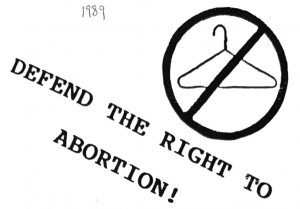
Atlanta Lesbian Feminist Alliance Archives, Box 8.
How They Fought
Much of the reproductive rights movement began with women distributing information on family planning to one another. This movement expanded into the creation of female clinics that provided information, contraceptives, abortions, and more reproductive services for women.
- Atlanta Lesbian Feminist Alliance Archives, Box 12.
- Atlanta Lesbian Feminist Alliance Archives, Box 12.
- Atlanta Lesbian Feminist Alliance Archives, Box 13.
It is impossible to flip through a few pages of a female publication from the time without coming across numerous ads for women’s health clinics like this one. Women were trying to make reproductive care as accessible as possible for one another and to destigmatize conversations around family planning.
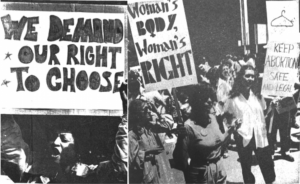
Reproductive Rights National Network records, Box 1.
Along with providing services and information to one another, women took to the streets to let their voices be heard. Marches and rallies for reproductive rights were extremely common in big cities. Women would spread the word by creating and sharing flyers advertising their events.
Images: Atlanta Lesbian Feminist Alliance Archives, Box 8.
As abortion restrictions and similar laws began popping up across the country, this civil disobedience became more widespread.
–
“I cannot promise to obey a law I do not respect,” said Margaret Sanger, the pioneer of birth control.
Motherhood v. Personhood
As showcased in the ads presented in Pressure of Motherhood: Print Advertisements and the literature aimed at women in Pressure of Motherhood: Prescriptive Literature, motherhood, especially in the era being focused upon, was an extremely large responsibility. Mothers were expected to be the main, and usually sole, caregiver of children. This included cleaning them, clothing them, feeding them, teaching them, disciplining them, caring for them, etc.
To be a mother usually meant giving up all other freedoms.
“Women must choose between ‘motherhood’ and ‘personhood’ since being a mother almost always implies giving up one’s existence as a mobile, involved, fulfilled, working individual.”
–Women and Contraception
This issue is broader than just reproductive rights as even ideal contraceptives and free and legal abortion would not liberate current mothers from the responsibilities of child-raising. Still, having the ability to control when one had a child would allow women to better manage this responsibility.
Women would always be mothers, but not all women needed to be, and those who were, must have the right to choose.
“We refuse to be your passive vessels becoming impregnated for the greater good of society. We want a society that exists for our good as well as yours! We are not just grease between men, links between generations, not just the mothers of sons and their future wives! We are tired of being pawns in a male power game.”
– Shulamith Firestone, 1968


